MARKET OVERVIEW
The global bottled water market will remain important for the beverage market as it is indicative of consumer decisions and signals trends across the world in water consumption. Therefore, bottled water will continue playing an important role in the beverage landscape as consumers become ever more concerned with health and environmental considerations. This market includes a range of bottled water products, from still to sparkling water, across a wide range of packaging formats involving plastic and glass bottles. Bottled water is generally preferred by its consumers for reasons of ease of convenience and portability, along with perceptions of purity.
The global bottled water market is huge and covers a wide segment of the population and various needs of consumers. Bottled water sells to both urban and rural dwellers, demand in a diverse array of regions being assessed as strong. From single-serve bottles to larger family-size containers, choices abound in this market to support different lifestyles. Urban areas characterized by high population densities with fast-moving lifestyles present an especially significant market for bottled water, because its consumers seek hydration solutions that are easy and convenient. Similarly, emerging markets begin to consume bottled water as their soft drink of choice, making the market all the more expansive.
Major retailers, supermarkets, and convenience stores are the largest channels of distribution of bottled water. They remain the most significant channels through which the consumer purchases it, though online platforms and subscription services are starting to be very important. E-commerce growth will probably add fuel to further expand the market as more consumers try to achieve a home delivery service. Natural disasters and water scarcity issues are global events which also drive demand for bottled water. No doubt it will prove to be an essential commodity in dealing with emergencies.
Changes in consumer preference are going to affect the global bottled water market in coming years, largely because of pressure that has been mounted concerning the use of plastics with adverse environmental implications. Such changes are likely to stimulate innovations along the lines of sustainable packaging solutions, such as biodegradable materials and glass bottles, among other refundable options. Consumers continue to demand more eco-friendly products, while producers invest more in greener alternatives. It is likely that more brands of bottled water will flag up their green credentials - the use of Recyclites or carbon neutral, for instance.
The market for bottled water can also be expanded through diversified products. Companies introduce flavored, enhanced, and functional waters to cater to the diverse requirements of consumers. These products- waters with vitamins, electrolytes, or minerals-alter the condition of the water in some beneficial way so that the customer can expect more than just drinking water. Other demands in the future market would also include that of high-class water like artesian wells and the waters with special mineral composition.
The bottled water brands will target the bottled water what is offered to the healthy conscious customers for achieving good wellness targets, and so they are also going to expand.
In the bottled water market growth, so will also come the environment sustainability as well as packaging waste. However, companies will respond to such challenges and open new avenues to tackle the issues at stake for consumers. The global bottled water market has so much potential locked into it, with their increase in demand for innovative products, earth-friendly packaging, and a heightened focus on consumer health and well-being. Through this avenue, the market will continue to evolve with the changing tastes and preferences of the global consumer.
Global bottled water market is estimated to reach $314.6 Billion by 2031; growing at a CAGR of 3.7% from 2024 to 2031.
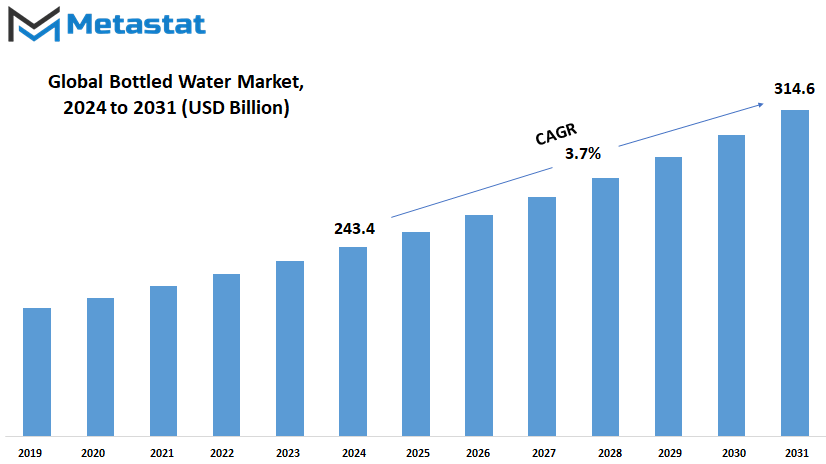
GROWTH FACTORS
The global bottled water market has seen uninterrupted growth over the years. Several factors have affected its trends and growth, but the basic factor behind this development is that many consumers are increasingly concerned with health and wellness. Consumers have become conscious about staying hydrated and opting for healthier alternatives to sugary drinks, which has manifested itself in bottled water as the leading choice. For one, the primary cause of its demand is its convenience in bottled water. It easily allows people on the move for work, travel, or exercise to have this beverage. With health-conscious living seen to increase, the worldwide bottled water market is expected to continue rising.
The global growth in population and continuous urbanization are also factors that increase bottled water demand. With the cities sprawling around, and seeking for cleaner and easily accessible water, there will be bottled water, thereby enabling the people to access clean water. It becomes available for drinking since where a lot of water gets sourced through taps becomes unavailable around the world and a quick remedy for the drinkers around the world is found with the bottled water. Even in many developing countries, it has acted as the better safer choice owing to the fact that water purified compared to untreated ones will possess potential to cause more destructive effects to health.
However, the market still faces a few challenges. The major challenge for the bottled water market includes environmental issues, such as overuse of plastic bottles. Increasing awareness of plastic pollution has compelled certain companies to streamline the packaged or bottled water with ecologically friendly practices. Companies are facing pressure not only from the government but also from organizations to reduce their carbon footprint and shift to alternative options of plastic, which would keep the growth of the market on slower terms. Additionally, increasing unease about the cost of the water in bottles across the geographical areas being discussed can lead to a change in consumer behavior as they will look for alternative sources of hydration.
The global bottled water market will look more towards a sustainable future in the coming years. The assumption is that companies are going to invest in green packaging, specifically biodegradable materials and reusable bottles. It will be just one more reason to attract more environmentally conscious consumers. Better taste and purity through the technological changes in purification and filtering systems of bottled water will also attract even more consumers. Flavored and functional bottled waters are needed more, thus they also create a greater potential for the companies as they can extend their lines and obtain a bigger share in the market. Thus, even with these problems, bright prospects shine in the future of the bottled water industry, given that it operates based on modern consumer demands.
MARKET SEGMENTATION
By Product Type
The global bottled water market is expected to grow steadily, considering the fact that more people prefer easy and available hydration options. In light of increased health and wellness awareness, many such reasons accompany bottled water for being portability and purity benefits. Here, too, the market will keep growing not only due to increased consumer demand but also because brands are modernizing according to changing preferences. Bottle water has gained more popularity globally because growing numbers of consumers are becoming health conscious and looking at the alternative beverages to avoid sugary drinks.
The market is segmented into several categories under product type. Bottled water still accounts for the majority of the market. This is because such water, collected mostly from springs or treated to get rid of impurities, offers a simple and refreshing hydration option to many people. It is popular because it tastes purely and comes in a variety of sizes as well as in different packaging formats, which makes it more accessible to all walks of life. The future of still bottled water looks promising since it meets the ever-growing demand of fuss-free hydration for the young as well as the old.
Carbonated bottled water is a product that offers bubbly alternatives to still water, gaining its pace in years. Especially that group who feel the taste of carbonation, but who would rather not drink sodas or sugary drinks find this water appealing. Because flavored and sparkling waters are booming, the future for carbonated bottled water is exciting. Since consumers are now demanding fewer calories and more added minerals in drinks, this product segment is going to expand further with a refreshing, healthy choice.
Functional bottled water is another significant segment in the global bottled water market. This includes water containing added nutrients, vitamins, electrolytes, and even herbal ingredients. Functional bottled water would remain an exponential growth prospect in the years to come, as consumers increasingly seek products containing targeted health benefits, such as immunogenic, hydrating, or detoxifying. Indeed, as consumers become evermore health-conscious, and thereby increasingly concerned with lifestyle-specific beverage, demand is certain to increase for beverages answering these needs.
The bottled water kind, in turn, will also come with flavors infused into the water and natural minerals, as well as eco-friendly materials for packaging. Innovations here would be seen as a result of a focus on environmental concerns, with sustainability the major consideration by consumers for this segment. Brands are experimenting with new packaging solutions and sourcing methods. This market will continue to find ways to provide new options catering to diverse consumer needs.
The global bottled water market is certainly going to get much more action with such continuous product innovations as well as changing consumer preferences. Whether one goes for still, carbonated, or functional bottled water, this market shall definitely provide much more varieties for a health and eco-conscious audience. Brands, hence, adapting to changing trends shall ensure that bottled water remains a staple for consumers across the globe.
By Packaging
Consumer demand for easy hydration will fuel the global bottled water market toward the future. Bottled water is perceived to be a healthier substitute for sugary drinks, and global consumers have become health-conscious over time. The world’s population is on the rise; thereby, increasing demand for bottled water. With new trends, bottled water manufacturers are going to change their packaging and marketing policies. Companies will be able to provide new technologies and environmentally friendly practices to meet changing demand as effectively as possible to allow the market to adjust for changing future demands.
Packaging can further be divided into several categories in the global bottled water market with the major forms being PET, cans, among others. PET is the most common material used in packaging bottled water. On the other hand, the material is lightweight and robust and relatively easy to recycle, so several companies now consider it their number one choice. Future trends with PET are likely to remain a dominant packaging option because it is cheap and recycling infrastructure is already widely available.
However, soon there will be enhanced pressure for finding alternatives that are more sustainable. With growing environmental concerns, especially on the issue of plastic waste, consumers and regulatory bodies are likely to make more demands for greener, eco-friendly materials. Companies are going to consider such alternatives like biodegradable plastics or paper-based bottles, which will simultaneously reduce their environmental footprint while also offering convenience to customers. Demand for such packaging will increase due to governments and companies focusing on sustainability and reducing plastic pollution.
Compared to PET bottles, cans are fewer in number but are expected to gain more popularity in the future. Aluminum is composed of cans, and they are very recyclable. Recycling them several times, they are as good as new without quality degradation. With growing consumer concern over environmental issues, cans will be another popular packing option. Packaging is more compact and occupies less space, which makes easy to transport, thus possibly reducing carbon footprint in the transportation modes. Cans are likely to be used more for premium bottled water or for special segments of the market where environmental impact is paramount.
The Others category consists of packaging materials innovative but lesser in use, yet gaining attention. Others are in glass bottles, paper cartons, among others made of sustainable material that is more environmentally friendly. Glass bottles, even though heavier and costlier to make, will be more attractive to those consumers who want luxury and environmentally friendly products. Packaging innovations will hence realign the global bottled water market as sustainability remains a driving factor. Companies will continue to look for ways to be less impacting to the environment without compromising with their ability to walk hand-in-hand with the increasing demand for bottled water around the world.
By Sales Channel
global bottled water market has shown a steady growth in the recent past. Consumers are becoming more concerned with healthier lifestyles, higher incomes, and the thirst for convenience. This market is certain to grow further in the foreseeable future, as more people will seek bottled water as a source of hydration, instead of opting for sugary drinks or even tap water that most believe to be pure and convenient. As this market progresses, it will be reliant on a host of sales channels to drive its dynamics.
The global bottled water market can be segmented by sales channel, which includes supermarkets/hypermarkets, convenience stores/drug stores, grocery stores/club stores, foodservice, and others. Each one of these will contribute to market growth, though they each will respond differently to a change in consumer behavior or preference. For example, supermarkets and hypermarkets will continue to remain dominant in the future. They sell various kinds of bottled water intended for different purposes for the customers. The large retailing stores are likely to draw customers seeking convenience in accessing bottled water and other essential products.
Convenience stores and drug stores will also be crucial for the market. Such places would be more appealing to the consumers who are thirsty for something quick and easy access to a bottle of water, in particular, within busy lifestyles at work. The demand for water at such outlets will increase rapidly as people become more urbanized and live their lives faster, thereby providing an essential channel for distributors and manufacturers to target. Grocery stores and club stores will continue to bottle water and sell it by the case, by the pallet, or truckload for families or parties of ten or more wishing to buy for cost-effectiveness. That too, the channels will grow because they will seek such convenient and inexpensive buys.
Foodservice sector, restaurants, cafes, hotels, and so on, that too, is likely to increase in market share of bottled water. Since dining out is getting all the attention in recent times, consumers will drink bottle water as part of the complete eating experience. Since health and well-being trends influence the way people eat, restaurants and cafes will likely continue to provide bottled water as something standard in their menus. Other channels of selling will be other online marketplaces and different kinds of direct-to-consumer platforms as e-commerce grows further and more consumers buy from the internet for their bottled water.
The global bottled water market will remain the globe’s leader in the beverage market due to shifting consumer preferences and new retail channels. Bottled water will continue to be available to the largest possible consumers due to the diversity of sales channels offered.
|
Report Coverage |
Details |
|
Forecast Period |
2024-2031 |
|
Market Size in 2024 |
$243.4 Billion |
|
Market Size by 2031 |
$314.6 Billion |
|
Growth Rate from 2024 to 2031 |
3.7% |
|
Base Year |
2022 |
|
Regions Covered |
North America, Europe, Asia-Pacific Green, South America, Middle East & Africa |
REGIONAL ANALYSIS
The globalization of bottled water has led the global market to grow rapidly with contributions from various regions across the world. Most consumers who care for their health and know the need to keep themselves hydrated increase demand for bottled water. The market growth differs in different regions, as geo-climatic aspects largely influence the development of the industry. North America, Europe, Asia-Pacific, South America, and Middle East & Africa each contribute to unique trends and dynamics in the marketplace that can influence the bottled water market.
North America leads the demand for bottled water, which is mostly driving demand from the United States, Canada, and Mexico. The United States has been a leading consumer of bottled water and will continue to be the market leader for the consumption of bottled water for now and in the future, due to an increased need for a convenient and on-the-go hydration solution. The increasing consciousness about health and the preference for a healthier alternative of bottled water instead of sugar beverages are quite important growth drivers for the region. Canada and Mexico are stable in their demand, and the market size is relatively smaller for those markets as well. North America will increasingly experience new trends in pack and the demand for a greener solution where it will also begin to be an influencing factor in changing the market and consumer decision.
Europe, comprising the UK, Germany, France, and Italy among others, is also an important geography in the global bottled water market. The European market has seen considerable shifts toward health-conscious drinking habits wherein more people prefer bottled water over carbonated beverages. Germany and France will likely remain on top, as the demand for premium types of bottled water, which includes mineral and spring water, is steadily rising. In the UK and Italy, the market will possibly continue to shift towards flavored water and more sustainable packagings, as the developing environmental awareness in these countries will continue to have a big impact.
The Asia-Pacific region, which includes India, China, Japan, and South Korea, is expected to register major growth in the next few years. With urbanization moving up with China and India, consumption of bottled water will increase manifold. Both countries are bound to experience the issues of water quality and scarcity, due to which water in bottles will be the 'go to' for many consumers. Established markets like Japan and South Korea will continue to grow but mainly at the premium water and functional bottled water end.
South America-the countries of Brazil and Argentina-should continue to drive demand for bottled water. Increasing rates of urbanization and positive growth in disposable incomes will increase the number of consumers seeking bottled water for convenience and health reasons in the region. The region will still remain a challenge about affordability, water scarcity, and so on; however, market growth will slowly increase with increasing population and lifestyles.
The Middle East & Africa region comprises of all the GCC countries, Egypt, South Africa, and the rest of the Middle East & Africa, which will experience unique market dynamics. In the GCC countries, high disposable incomes and demand for luxury goods makes bottled water a status product. A particular challenge for South Africa and Egypt will come in terms of scarcity of water, but still steadily perform due to increasing health awareness. The Middle Eastern market, of course, in the Gulf states, will continue to grow, but problems regarding availability and the environmental aspects will come into the future trends.
The global bottled water market is expected to change in the future due to sustainability, convenience, and health-consciousness. Each region will respond uniquely to its challenges and opportunities that will create more segmentation in the market and preferences and trends worldwide. From green packaging to flavored versions or specialty bottled waters, demand will only continue to be strong as the market continues to evolve in diverse and dynamic ways.
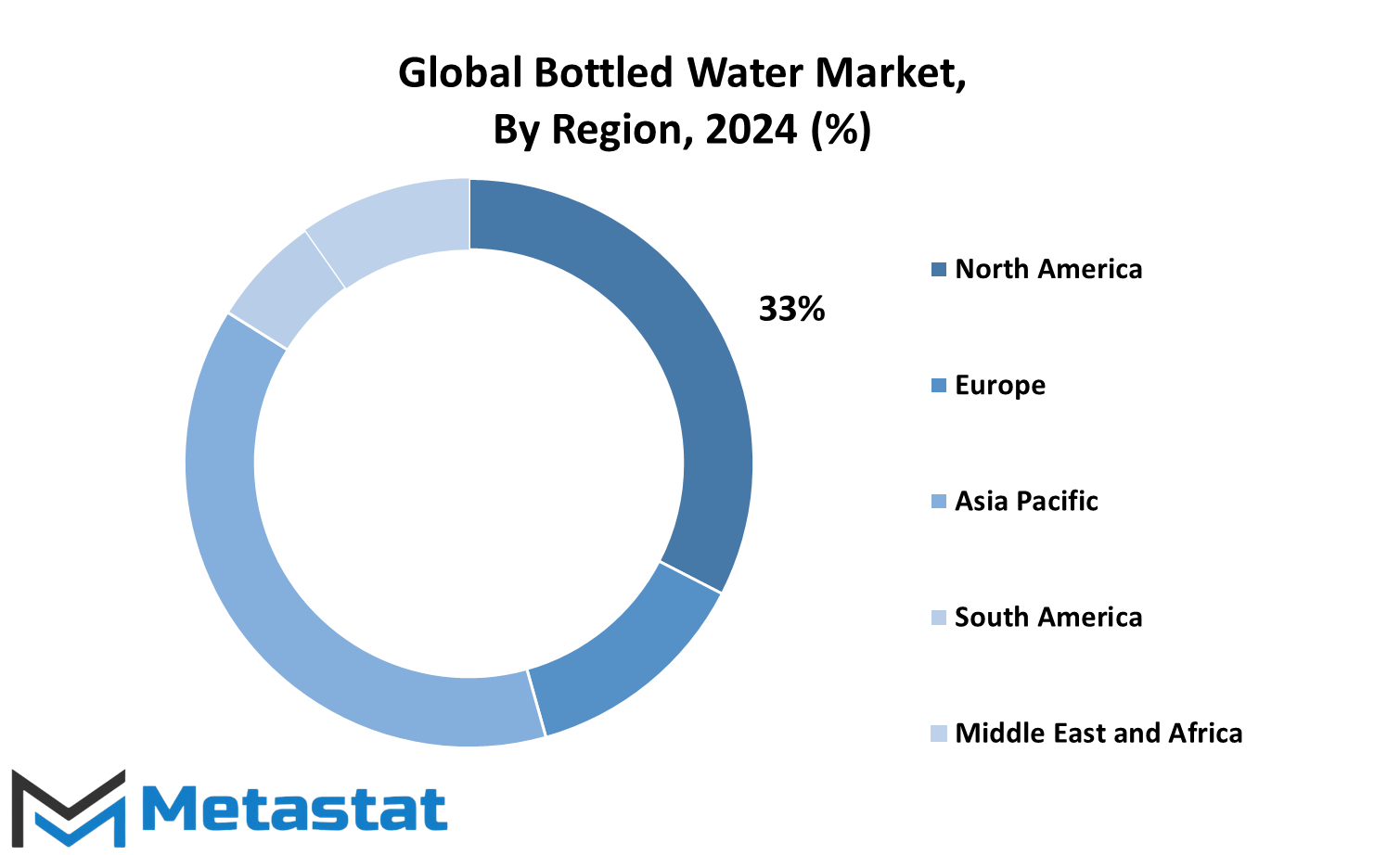
COMPETITIVE PLAYERS
In light of the increasing demand for pure and convenient hydration products, the global bottled water market has grown at a dramatic pace while undergoing transformations. With consumers becoming more health conscious, the demand for bottled water has relentlessly increased, followed by its competitive landscape, which needs to match up with these changing trends. Among other major players, the global bottled water market will be influenced by the following next big things in terms of innovation and competition.
The major players in the bottled water industry are companies like Nestlé S.A., PepsiCo Inc., Danone S.A, and The Coca-Cola Company, whose brand has been in the bottled water markets around the world for decades. These diversified giants, offering both flavored and non-flavored bottled water products to various consumer needs, have a huge presence all over the world. It has become a tremendous business where such companies like Nestlé expand into premium and functional waters that would appeal to consumers with health-conscious attitudes, who are drinking beyond thirst. The competition by both PepsiCo and Coca-Cola in growing by bottled water grabbing markets as part of their beverage portfolios. Aquafina by PepsiCo and Dasani by Coca-Cola are becoming household names in most countries.
Apart from these major players, Mountain Valley Spring Company, Bisleri International, and Parle Agro Pvt. Ltd have also gained immense market share in regional markets. In the Indian market, Bisleri is the undisputed leader in the bottled water segment of the market while Parle Agro's Bisleri brand is counted among one of the most trusted names in the market. Others, including Fiji Water, Nongfu Spring, and BlueTriton Brands, have developed significant niches, catering to specific audiences, among them premium and sustainably sourced waters.
As the market grows worldwide, there also are more green policies on the ground. Start-up companies are becoming ever more mindful of plastic use in their packaging and seeking alternatives, such as biodegradable bottles and other eco-friendly packing materials. This is expected to gain momentum in the coming years as consumers shift towards more environment-friendly products. More importantly, functional waters with added health benefits like electrolytes and minerals, which abound in the bottled water market, are going to be further experimented upon by the players in the global bottled water market to cater to the increasingly wellness-conscious consumer base.
Going forward, the fight will be intense since emerging heroes are Tata Consumer Products Limited, Icelandic Water Holdings, and RMD Foods & Beverages Pvt. Ltd. Premium and niche bottled water products will gain in demand as brands position themselves as champions of pure, natural, and health-focused hydration solutions.
The overall future will be very competitive globally, mainly because of major companies focusing on innovation, sustainability, and healthy options that are demanded by consumers. As a result, it will continue to change, keeping ever-changing bottles of water choices open for the consumer.
Bottled Water Market Key Segments:
By Product Type
- Still Bottled Water
- Carbonated Bottled Water
- Functional Bottled Water
- Others
By Packaging
- PET
- Cans
- Others
By Sales Channel
- Supermarkets/Hypermarkets
- Convenience Stores/Drug Stores
- Grocery Stores/Club Stores
- Foodservice
- Others
Key Global Bottled Water Industry Players
- Nestlé S.A.
- Kona Deep Corporation
- PepsiCo Inc.
- Danone S.A.
- The Coca-Cola Company
- Mountain Valley Spring Company, LLC
- Bisleri International Pvt. Ltd.
- Parle Agro Pvt. Ltd.
- Alba Mineral Water
- RMD Foods & Beverages Pvt. Ltd. (Manikchand Oxyrich)
- Icelandic Water Holdings hf
- CG Roxane, LLC
- Tata Consumer Products Limited (Himalayan)
- BlueTriton Brands, Inc.
- Indian Railway Catering and Tourism Corporation (IRCTC)
WHAT REPORT PROVIDES
- Full in-depth analysis of the parent Industry
- Important changes in market and its dynamics
- Segmentation details of the market
- Former, on-going, and projected market analysis in terms of volume and value
- Assessment of niche industry developments
- Market share analysis
- Key strategies of major players
- Emerging segments and regional growth potential



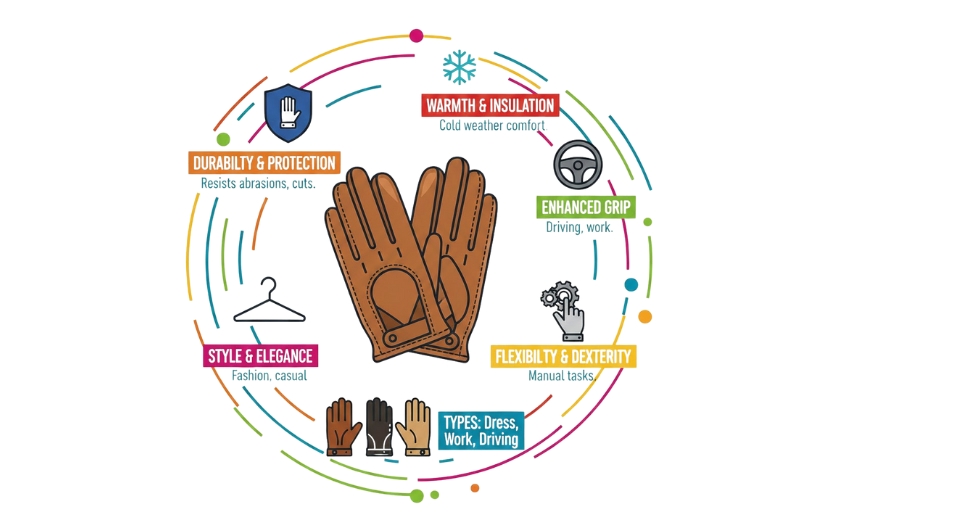
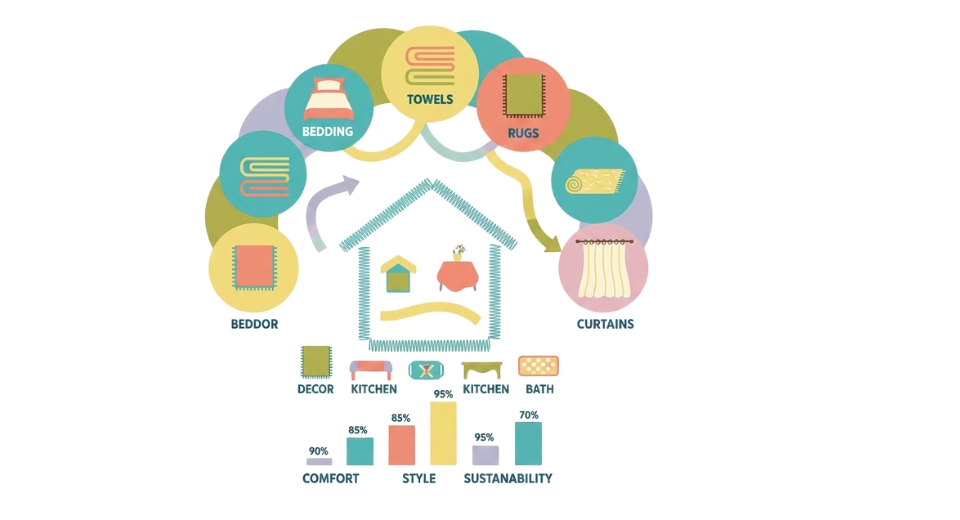
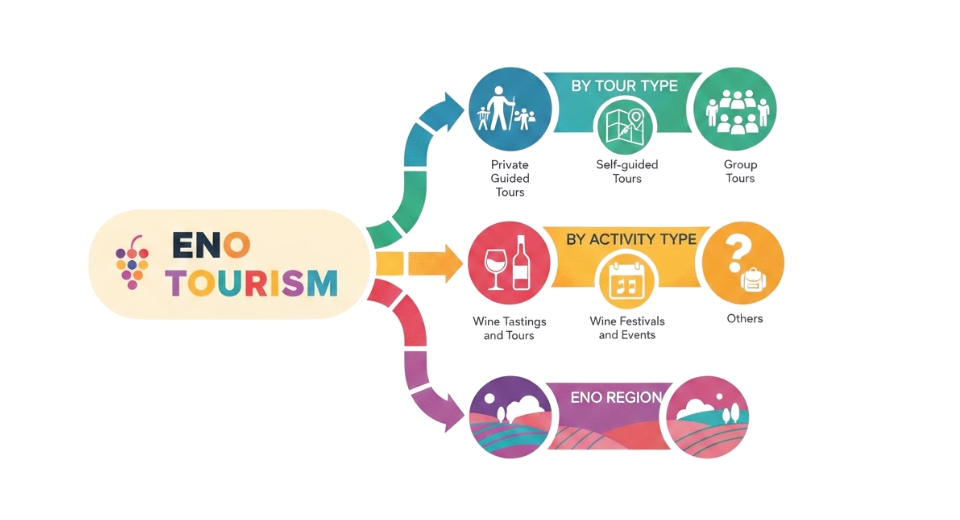
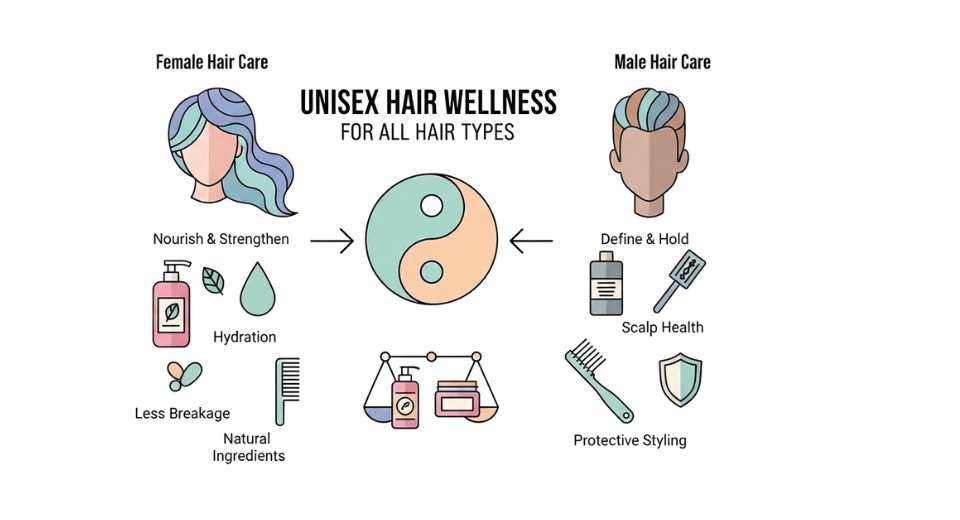

 US: +1 3023308252
US: +1 3023308252






